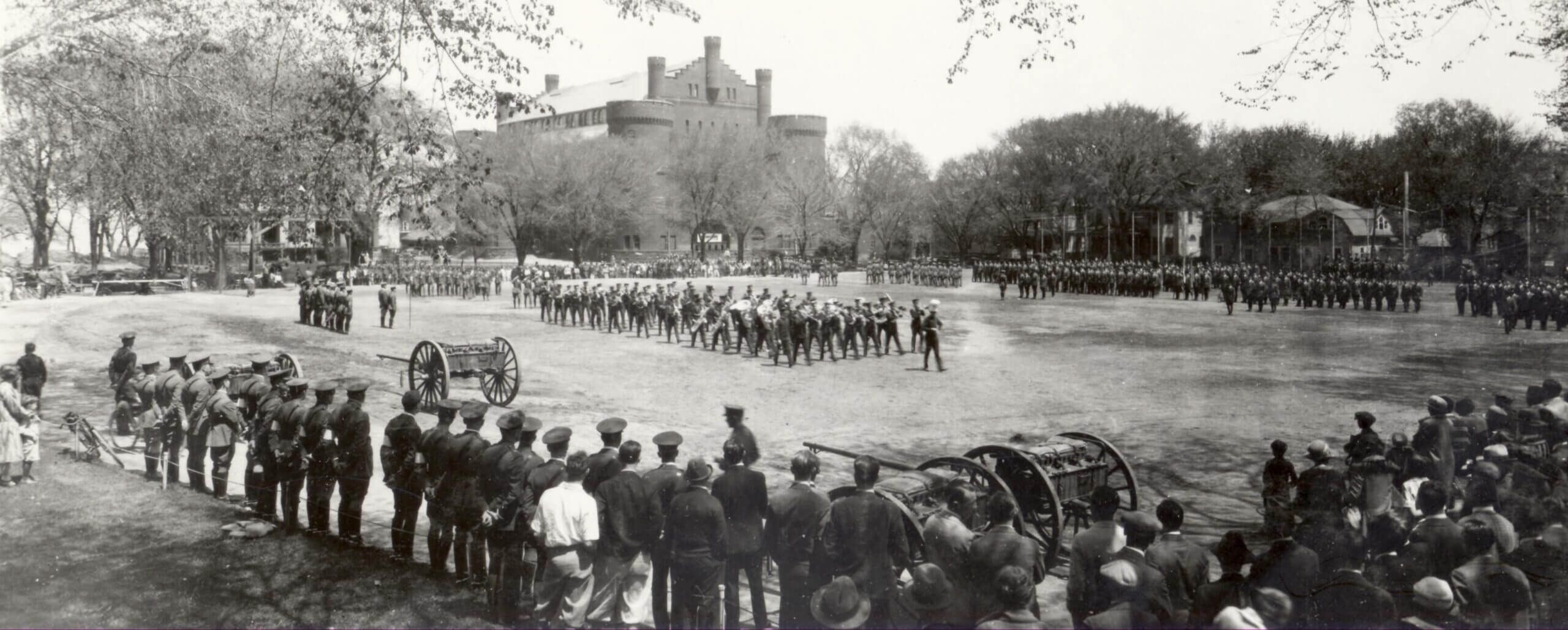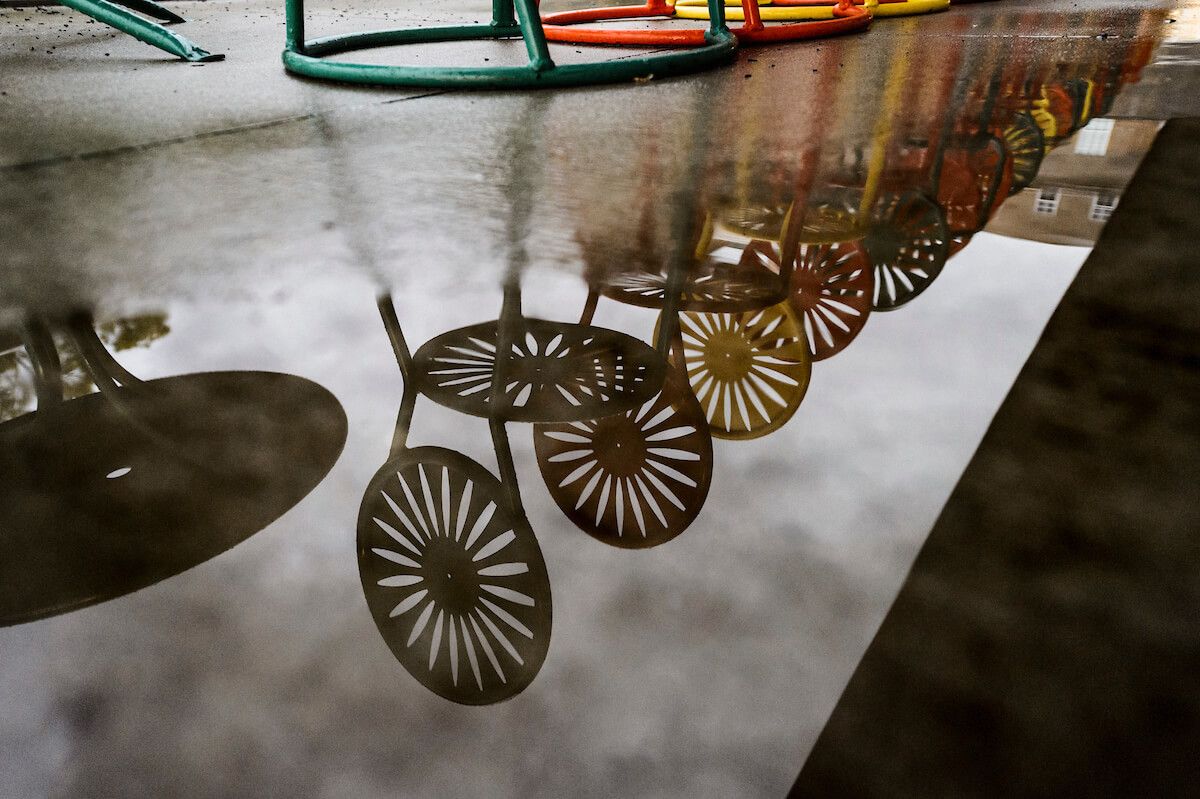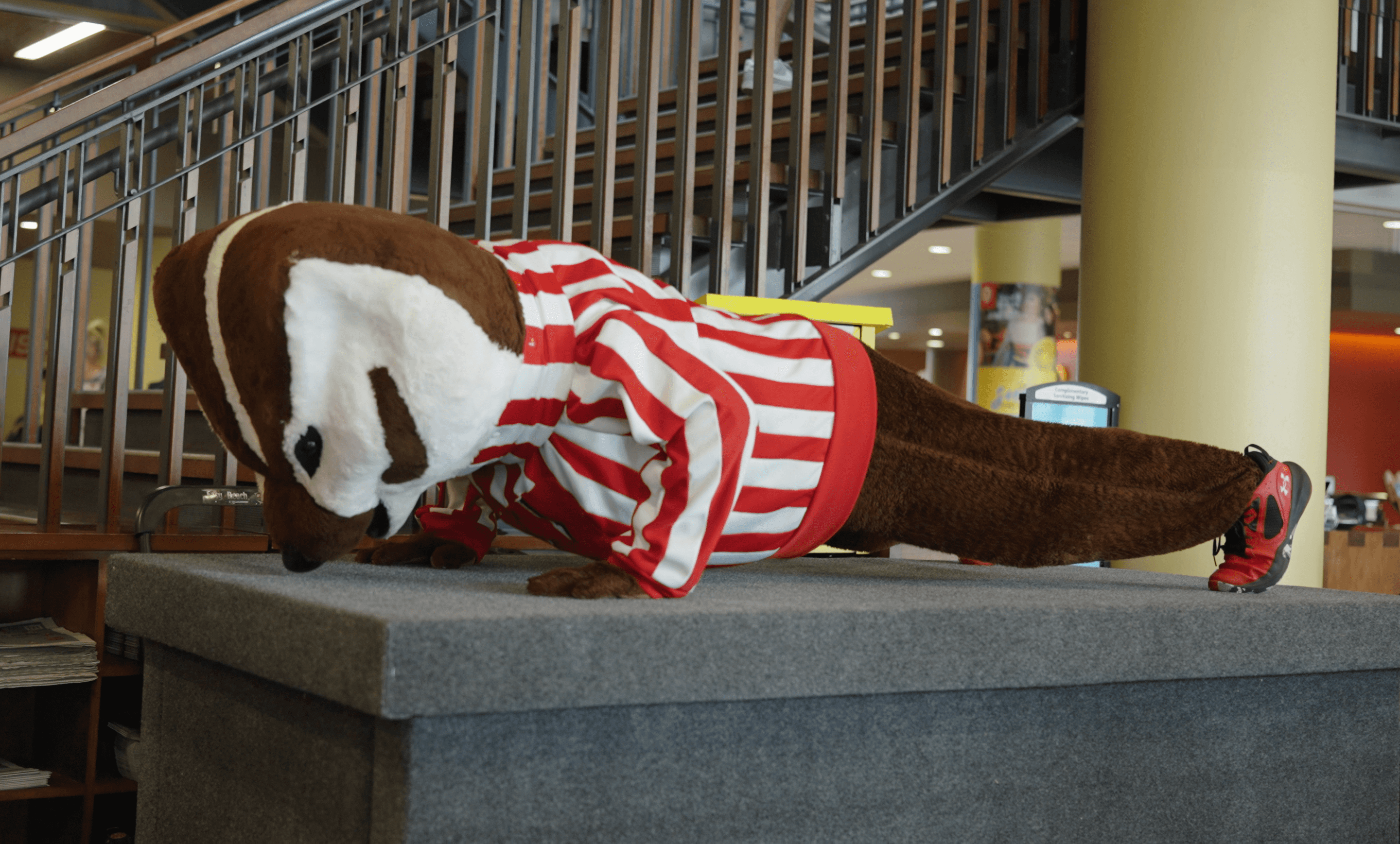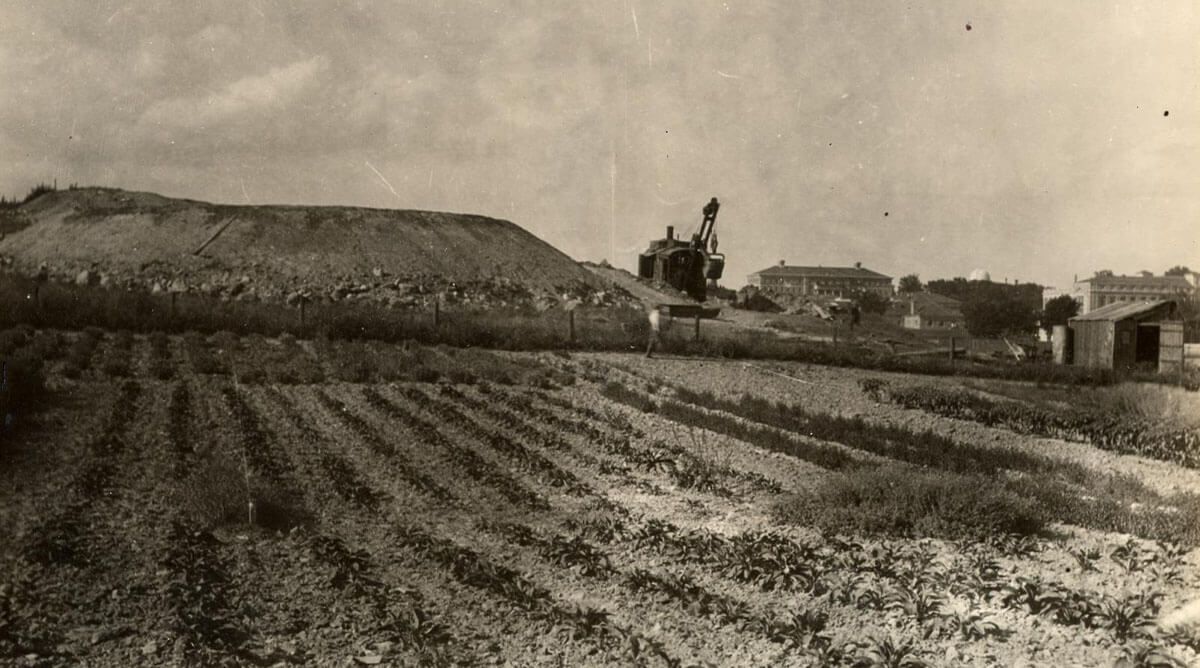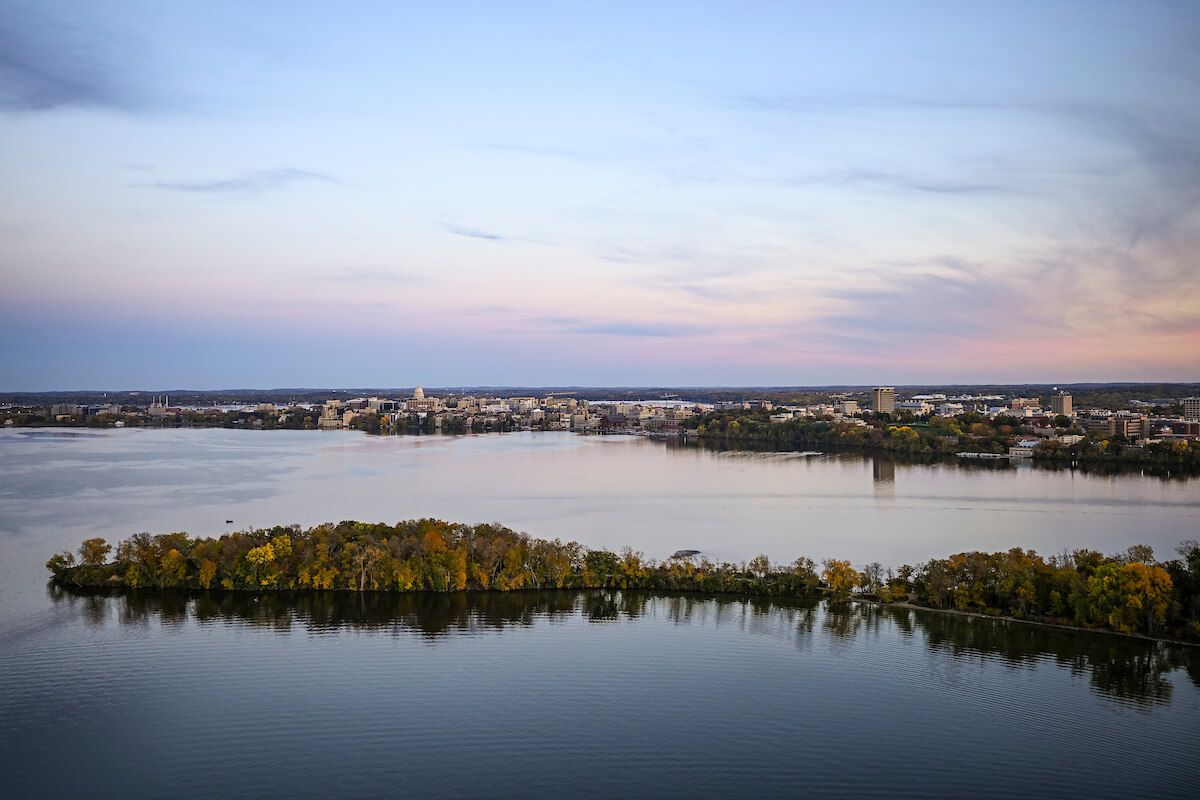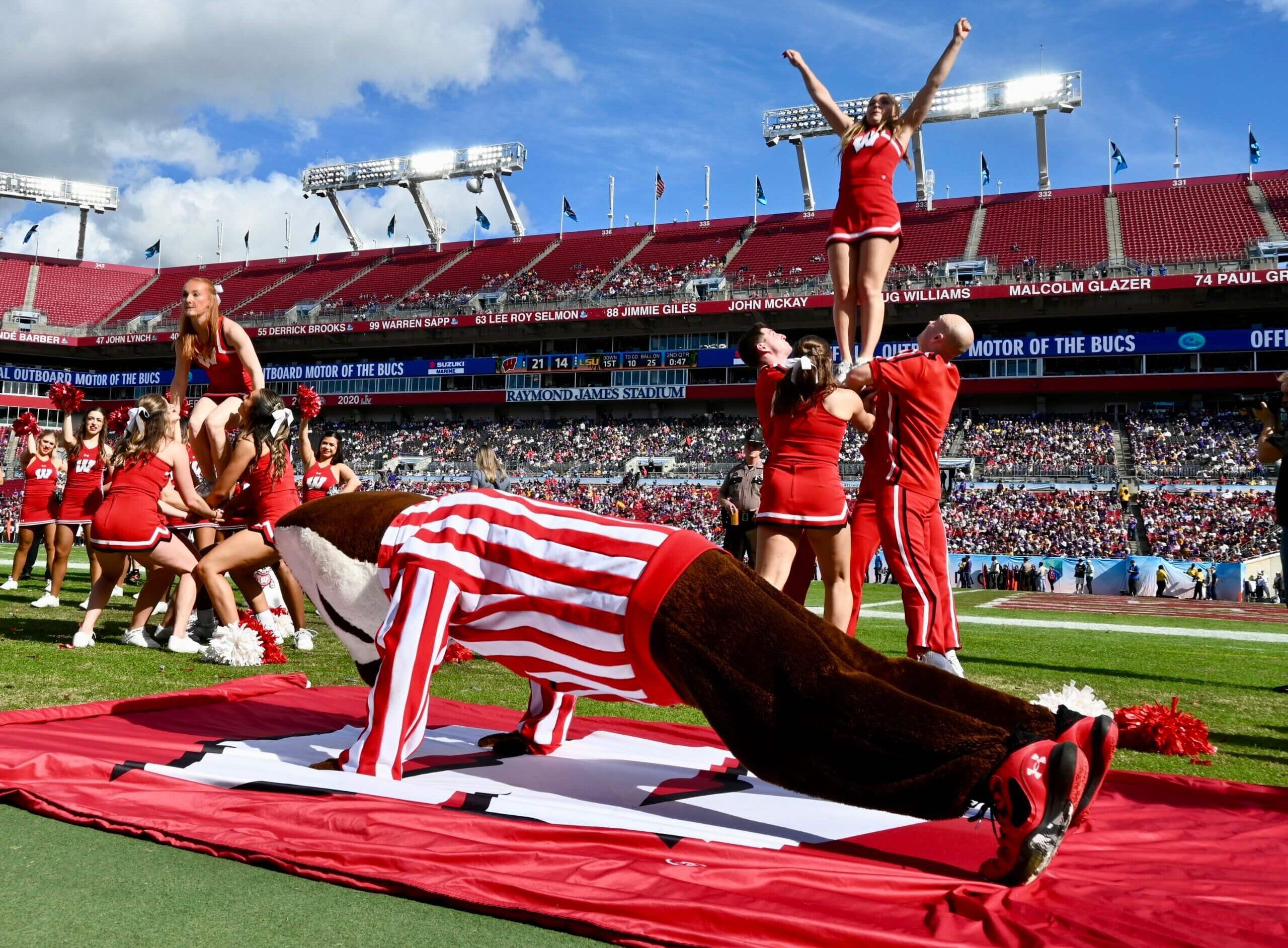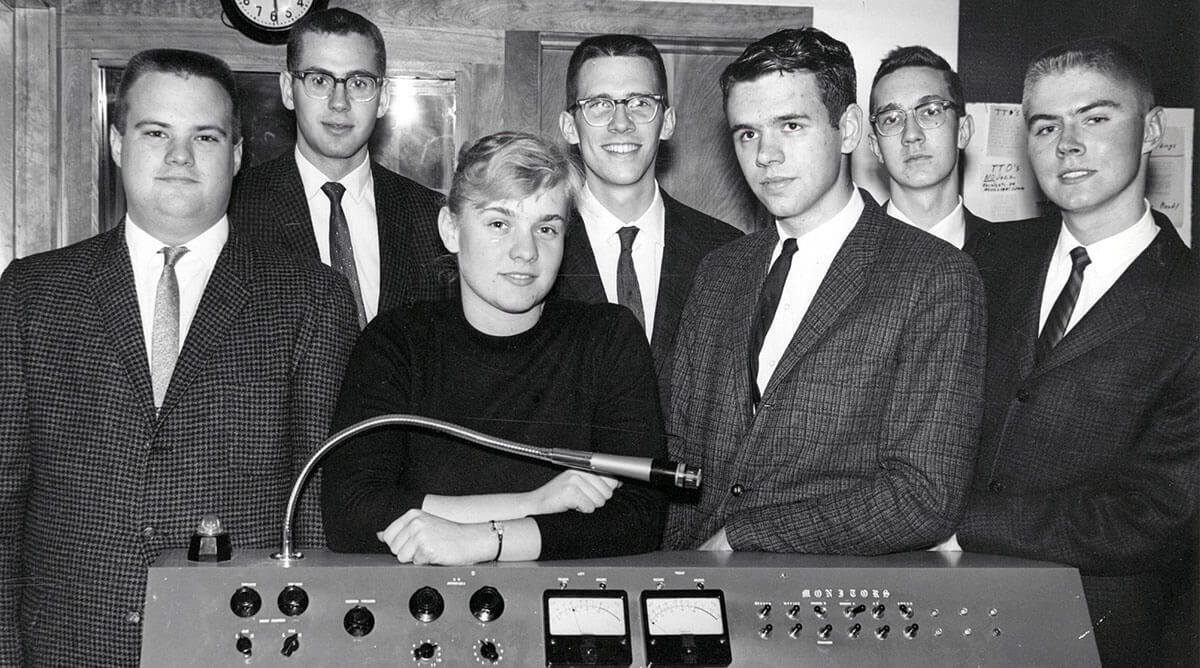Badgers have served their country and their communities for 170 years. Though the UW has collected some of these stories through historical records and oral histories, there are many more stories that go untold. Thank you to those who continue to share their experiences with us!
1960s
Enlisted in the navy my senior year (1963) and upon graduation went to navy OCS. I was commissioned Ensign USNR the day that President Kennedy was killed. Was assigned to navy Supply Corps School, Athens, Georgia. Upon graduation was ordered to USS Simon Lake (AS-33) being built in Washington. The ship was a submarine repair ship so not much sea duty. Ordered to Norfolk, Virginia to the staff of Commander in Chief, US Atlantic Fleet until August of 1966. I was released from active duty to attend graduate school back at good old UW. I re-entered the navy in 1969 and was sent to the staff of Commander Service Force Pacific Fleet at Pearl Harbor. My UW accounting background really helped as I controlled all budgets for the Vietnam War.
Leaving Hawaii, I was assigned to the USS Dale (DLG-19) being refurbished in the shipyard in Bath, Maine. Spent 29 months aboard making a Medi cruise in 1973. My next duty station was Naval Air Station Chase Field, Texas serving as base controller until 1976. Moved on to San Diego where I was new construction project manager for cost and schedule control. Finished up my 20 years at the Office of the Naval Plant Representative, LTV Corporation, Dallas, Texas.
Wisconsin Business School served me very well both in my navy career as well as my civilian career with Lockheed Martin Corporation.
Ron Peck ’63
Georgetown, TX
While finishing my rotating internship at Emanuel Hospital in Portland, Oregon, Uncle Sam invited me to spend one of my 2-year-commitment in Vietnam. I asked the Air Force people in San Antonio if they would consider sending me to an Air Force base in Germany. I believe I heard laughing on the other end of the telephone line. However, if I would volunteer for a 3rd year, they would send me and my family to Tachikawa AF base just outside of Tokyo, Japan. The hospital there had 300 beds which took care of all of the AF personnel in Japan and all of the injured airmen being returned from Vietnam being sent to Travis AFB in California for further care. Most of the airmen had been severely injured in Vietnam. They were taken off of the transport planes and had further surgery and dressing changes at Tachikawa.
After being there for almost 2 years, I was sent temporary duty to Cam Rhan Bay in Vietnam. The hospital was in a Quonset Hut made of metal and had a 6-foot-high brick wall surrounding us from direct hits. Tough luck if a rocket comes straight down on top of us. The Viet Cong would frequently try coming on base in the middle of the night. Sirens would blare and flares would go up lighting the night as bright as daylight. Some of the Viet Cong managed to get on base but never got to our hospital.
As I look back, my military experience was one of the great parts of my life and my family’s. We traveled a lot in Japan, Hong Kong, Thailand, and Singapore. My tour of duty was during the time that President Nixon visited China. Our hospital was put on alert for anything happening to the President requiring surgery would take place at Tachikawa and I would be the anesthesiologist. That makes one a little nervous knowing that you may be taking part in a life-threatening experience involving the President of the United States. My wife and I went to Japan with one 3-year-old son and came home 3 years later with 2 more small boys (our own).
Thanks, USAF for allowing me to be a part of the team taking care of these very young and brave men and women.
Robert Kuhl ’64, MD’67
Wilsonville, OR
As an Army ROTC cadet while attending the university in the 1960s, I received my commission in the morning of January 25, 1969, and attended the graduation exercise in the afternoon of that day. My military service ultimately led me to a tour in Vietnam. One of my very vivid memories of that tour happened in August of 1970. It was about midnight and I was sitting in my BOQ room writing a letter to my wife, when the news came on AFVN. The lead story that night, and I remember it well, was the bombing of the mathematics research center on the UW campus. Those responsible for the bombing, which resulted in the death of a UW graduate student, were ultimately apprehended and brought to trial, but the bombing was a tragedy that should never have happened.
Charles F. Hurlbut ’69
Prince George, VA
When I went into battle – and I did go into battle – I went into battle with a . . . telephone.
Now that you are done giggling, allow me to give you a brief primer on what goes on when a United States Navy ship goes into battle. On a modern warship, one person fires the guns while everyone else is doing something else. In fact, the greatest number of crew members is doing absolutely nothing. Those are members of the damage control teams. You want them doing nothing!
When the USS CHARLES R. WARE DD865 went to General Quarters, my assignment was phone talker on the bridge manning the JC Circuit which connected to the signal bridge, the radio room and the auxiliary radio room with a secondary connection to the Combat Information Center.
Most US Navy ships involved in the Vietnam War were assigned to Task Force 77 which operated about 20-to-25 miles off the coast. While a smaller number of ships were at Dixie Station off the coast of South Vietnam, most of the Navy was at Yankee Station off the coast of North Vietnam. Joining us at Yankee Station was the ever-present Soviet Trawler.
The three aircraft carriers assigned to Yankee Station and the one carrier assigned to Dixie Station each flew about 100 sorties a day over Vietnam. Destroyers such as the WARE were assigned to a carrier for plane guarding. The WARE spent most of its time when assigned to Task Force 77 in the spring and summer of 1967 plane guarding carriers.
[At the Smithsonian Air & Space Museum in its naval aviation exhibit is an A-4 Skyhawk aircraft which flew off of the USS BON HOMME RICHARD CV31 from Yankee Station during the spring of 1967. The WARE plane guarded the BON HOMME RICHARD during at that time. I actually saw that plane fly.]
So when did I go into battle? While the WARE spent most of its time in Task Force 77 plane guarding, it did not spend all of its time plane guarding. There also was Operation Sea Dragon. You probably have heard of the Ho Chi Minh Trail, the in-land route from North Vietnam into South Vietnam to supply the Viet Cong and NVA in the field. You probably did not know about North Vietnam’s other supply route which involved the floating of barges down the coast.
Operation Sea Dragon was the Navy’s interdiction of those supplies. The WARE would operate with a cruiser and another destroyer about a mile or two off the coast of North Vietnam; using our five-inch guns to sink many of those supply vessels. Sometimes the NVA would shadow their barges with mobile artillery along coastal roads.
When the WARE attacked the barges, the mobile artillery would attack back. First their fire-control radar would take a quick fix before shutting down. Then a minute or two later, the bombardment against us would commence. One time the NVA struck back hard against the WARE, the USS BARNEY DDG6 and the USS BOSTON CAG1 with almost 1,000 rounds; none of them hitting. I remember the start of the battle when I used my booming voice to relay a message from the signal bridge: “Air burst, relative bearing zero-two-zero.” While on Operation Sea Dragon, the WARE would rearm. Rearming in a war zone only is conducted at night. I remember coming off the 20-to-24 watch followed by Reveille at zero-200 for Reaming Detail. The ammunition ship showed up at zero-330. (Excerpt shared from Jewish Americans in Military Service during Vietnam.)
Jerry Alperstein ’64
New York City
1970s
James S. Zamorski graduated in May 1976 and was commissioned an Officer in the United States Navy after successful completion of the Naval Reserve Officer Training Corps (NROTC) curriculum at the University of Wisconsin-Madison. He served his country both at sea and ashore over a successful career. He is a life member of the Wisconsin Alumni Association.
James S. Zamorski ’76
Ashland, VA
